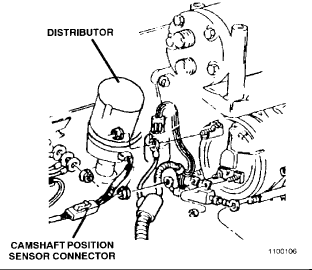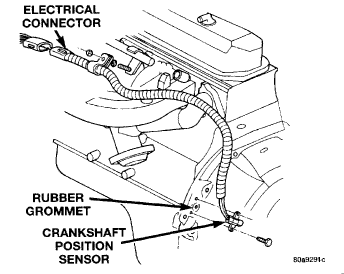VERY bad idea. If you're losing fuel pump, spark, and injector pulses, it's because you're losing the signal from the crankshaft position sensor or the camshaft position sensor. Both of those very commonly fail by becoming heat-sensitive, then they work again after cooling down for about an hour, like was described originally. The purpose of the ASD relay that sends current to all of these circuits is to prevent a fire, and you defeated that. The Engine Computer turns the ASD relay on for one second when the ignition switch is turned on, then again any time it sees engine rotation, (cranking or running). In the event a fuel line gets ruptured in a crash, your fuel pump is going to keep on pumping raw gas onto the ground, creating that fire hazard. What should happen is with a ruptured fuel line, there can't be any fuel pressure. The engine can't run with no fuel pressure. When it stalls, the signals stop arriving from the two sensors, and that tells the computer to turn the ASD relay off. That stops the fuel pump even though the ignition switch is still on.
One of the biggest problems with new crankshaft position senors is their air gap is critical. There is a thick paper spacer glued to the end or a thin plastic rib molded to the end, to set that gap. I'll never admit that I thought I was too good to need that spacer after reinstalling the old sensor after replacing the transmission. The sensor worked fine for two weeks, then started causing intermittent stalling problems. That shouldn't be a problem with a new sensor since they usually come with a spacer already installed, but it bares mentioning given the original description of the problem.
Also be aware there were a few engines in a few years that could run on just one of the sensors as long as the ASD relay was bypassed like you did. The computer would not turn the ASD relay on with one missing signal. So you had to do that manually. There's a real easy way to start the diagnosis. Just listen for the hum of the fuel pump for one second when you turn on the ignition switch. If you can't hear it over the noise of the chime, you can also measure the voltage feeding the ignition coil, any injector, or either smaller terminal on the back of the alternator. Most commonly that is a dark green / orange wire. Use a test light, not a digital voltmeter. Most voltmeters don't respond fast enough to catch that one-second pulse. If you hear the fuel pump or see that 12 volts, you're done in that circuit. The Engine Computer turned the ASD relay on and has control of it. Now the issue is why isn't it turning that relay back on during cranking, and that will be because the signal is missing from one of those two sensors.
If you have access to a scanner, you can approach this the way a mechanic would. Both sensors will be listed on the live data screen with a "No" or "Present" during cranking to show if their signals are showing up. A failed sensor should be detected and a fault code is set, but that often doesn't happen just from cranking the engine. It's common for the code to only set while a stalled engine is coasting to a stop. This is where the scanner is needed when there is no fault code directing you the circuit that needs further diagnosis.
Monday, August 12th, 2019 AT 12:30 PM
(Merged)


